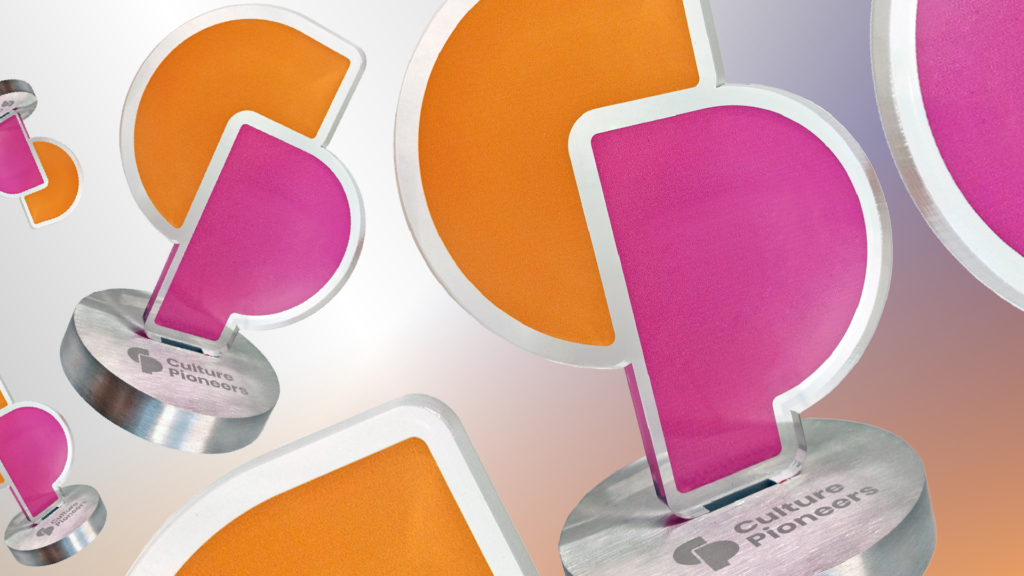“Tough times call for innovation, not stagnation and retrenchment,” argues Jacqueline Byrd, PhD and Paul Lockwood Brown, MBA.
What do we do as leaders of organisations when times are troubling? We retrench, we conserve; in short we become turtles, shrinking into our shells to avoid anything that may appear risky. Just what should an organisation do in troubling times? If there were a prescribed course of action that insured future success, the model would be patented. Instead, most organisations hunker down in tough times. Cutting costs, laying off middle management, and going back to the basics are the often-heard battle cries of the corporate weary. Yet it is exactly in times like this that a different strategy might serve organisations best. Tough times call for innovation not stagnation and retrenchment.
So why is it that so many organisations might easily be accused of leading the former strategy? Because it’s counter intuitive to do the latter. Just try floating a counter intuitive strategy in one of your meetings and watch what happens. Statements like, “it’s much too risky, or our stock price has been taking a beating” will be heard. Yet in today’s dynamic business environment, can your organisation afford not to be innovative?
And by the way, just what is innovation? We define it as just that – Innovation = Creativity x Risk Taking. When you understand this very basic relationship, you understand what needs to be done to create greater innovation.
Creativity is the ability to produce unconventional ideas. Ideas are new ways, systems, and products that heretofore have not existed. Consider that everything around us was once an original idea. These ideas may simply be modifications of old products or services, or conversely, major breakthroughs. Isn’t it at these times, when we are under the most difficult stresses, that we need those new ideas that can change or alter the path and redirect our energies? Unfortunately, creative expressions are presumed to help organisations only when they fall within the limits of the current prevailing paradigms, a limitation that virtually eliminates the possibility of innovation.
Risk taking, on the other hand, is about driving ideas, products, and services forward. (By the way we’re not talking about thrill seeking or putting one’s life in jeopardy.) Taking risks for risk’s sake is simply foolish. Indeed, many organisations take great measures to reduce risk. Risk taking is about tenacity. It means that a person has to push his or her ideas onto someone else — an employer, a colleague, or a department — at some risk to their own security, career, reputation, or self-esteem. Aren’t these the people that you want around at this time —not the yes people, but the people who say they can make a difference?
The combination of the two (creativity and risk taking) yields powerful results. That is, innovative ideas at a time when they’re really needed. Reinventing yourself is essential to success — those organisations that are right now thinking of new ways to get out of these difficult times are the ones that will beat the status quo. Watch you will see new industries formed out of these difficult economic times.
Acting as if it is not necessary to be innovative in tough times reminds us of the hundreds of stand-alone bakeries and butcher stores that refused to believe that supermarkets would house bakeries and meat departments. Or
the belief that the horse and buggy would be replaced by an unpredictable engine? Or, how about the PC replacing the mainframe computer? Downtimes call for reassessments of the status quo—opportunities for the future.
Rather than hunkering down, challenge yourself, your boss, and your team and your organisations to get creative and take a few risks. While not an easy task, the rewards are there. It requires a risk to behave counter intuitively rather than run scared. This is the only formula for innovation.
Dr. Byrd has over twenty years experience coaching for higher success. As an author she’s written on the topics of leadership, creativity, risk taking and innovation. As a teacher she’s currently on the MBA graduate faculty of Capella University and Adjunct Faculty at the University of St. Thomas in Minnesota. As a consultant, she’s worked with Alliant Techsystems, Toro, Pentair, Caterpillar, the City of Minneapolis and HealthPartners, to name a few. The Creatrix (Creativity and Risk-Taking) Inventory has sold worldwide. She is the co-author with Paul Brown of The Innovation Equation and the co-author of The Innovative Leader





